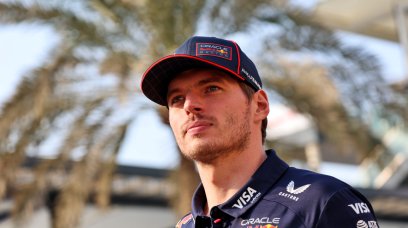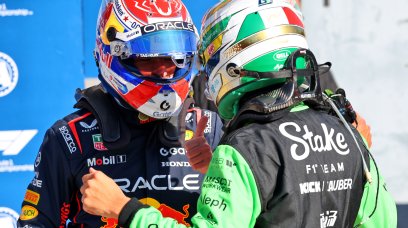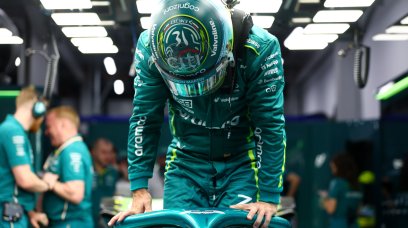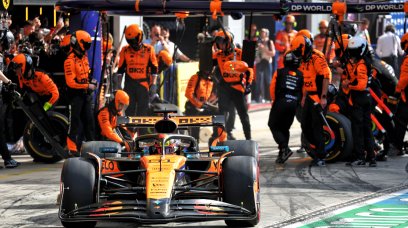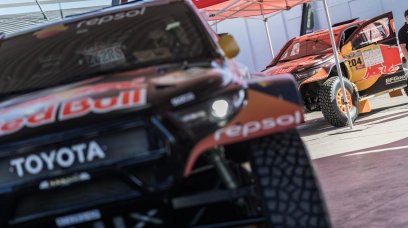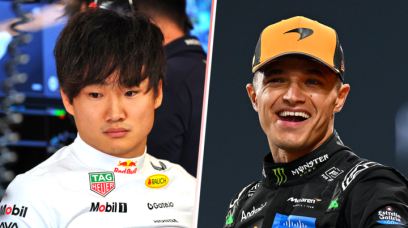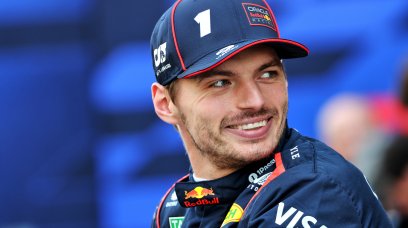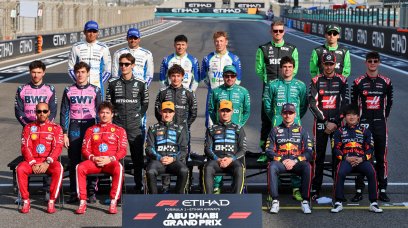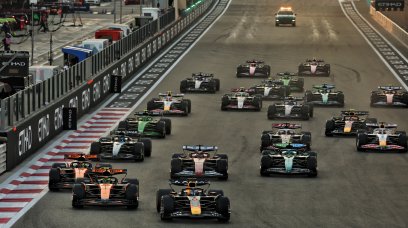The development package that Ferrari brought to Barcelona was based on three key elements. A fourth, but objectively less relevant element, also contributes to the increase in the car's efficiency. The first three were spotted at thefloor. At the edge of the rear section of the floor, we no longer see the knife-shaped profile reinforced with metal clips that we saw since Bahrain (see illustration). The shape of this area thus seems simplified, almost a kind of return to its origins, that is, to the configuration of the pre-season tests. In reality, however, the F1-75 hides a thorough reinterpretation of the Venturi ducts at the bottom. This revision is at the rear in the diffuser. We see a lengthened central profile, to increase the outflow of the outgoing flow (see second image by swiping below). Along with the changes to the bottom, new barge boards were also installed at the front, characterised by wider uprights and with a clear outward inclination. All changes to the bottom had the main objective of reducing and effectively controlling porpoising.
Effect of the new rear wing
The new high downforce rear wing was intended to improve efficiency on the straights, on the one hand, and to provide more downforce, which is relevant in the twisty third sector, on the other. The fourth change mentioned at the beginning concerns a different profile of the brake air intakes. On initial performance analysis, it seems that the objectives of reducing porpoising and improving efficiency on the straight have been achieved. The same is true of the effect of the updates in terms of tyre wear and, until at least Charles Leclerc dropped out, race pace – something that has also been a quality of the Red Bull RB18 to date.
Most read
